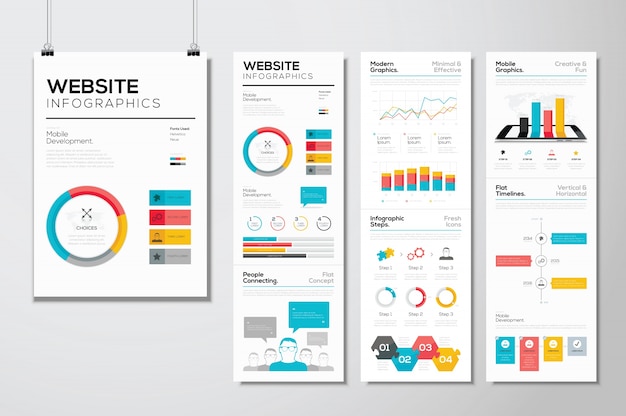Intrigued In Finding Out Just How Internet Site Design Has Developed? Take A Journey Via The Transformation
Intrigued In Finding Out Just How Internet Site Design Has Developed? Take A Journey Via The Transformation
Blog Article
Web Content Author-Booker Bojesen
In the past, web sites were easy and focused on info. Navigating was direct, and layout was for desktops. Now, customer experience is vital. Information guides designs for very easy navigation. Responsive formats fit various tools. Today, dark setting lowers strain, and minimal menus improve navigating. Interactive features engage users, and vibrant visuals stick out. AI assimilation increases engagement. See how style has actually progressed to boost your on the internet journey.
Early Days of Website Design
In the very early days of web design, simplicity reigned supreme. Web sites were standard, with limited shades, typefaces, and designs. The focus was on providing details as opposed to flashy visuals. Customers accessed the web via sluggish dial-up connections, so rate and functionality were key.
Navigation menus were straightforward, usually situated at the top or side of the page. Web sites were designed for desktop, as mobile surfing had not been yet widespread. Web content was king, and developers focused on simple readability over intricate style elements.
HTML was the main coding language utilized, and designers needed to function within its restraints. Computer animations and interactive features were marginal compared to today's criteria. Sites were static, with little dynamic web content or individualized user experiences.
Increase of User-Focused Style
With the evolution of internet site design, a change towards user-focused design principles has come to be increasingly noticeable. Today, developing websites that prioritize individual experience is essential for engaging site visitors and accomplishing organization objectives. User-focused layout entails recognizing the requirements, choices, and habits of your target market to tailor the internet site's format, material, and includes accordingly.
Designers currently carry out thorough research, such as individual studies and use testing, to gather understandings and responses directly from individuals. This data-driven approach helps in creating instinctive navigating, clear calls-to-action, and aesthetically appealing user interfaces that reverberate with visitors. By placing the user at the facility of the design procedure, web sites can supply an extra tailored and satisfying experience.
https://original.newsbreak.com/@suraj-kr-prakash-1591345/2611565215999-the-guide-to-digital-marketing-strategies has actually additionally become a key element of user-focused style, ensuring that sites are maximized for different devices and display dimensions. This flexibility boosts availability and functionality, accommodating the varied means customers engage with websites today. Essentially, the rise of user-focused design symbolizes a shift in the direction of developing digital experiences that prioritize the demands and assumptions of the end user.
Modern Trends in Web Design
Explore the current patterns shaping web design today. One famous fad is dark mode style, offering a sleek and contemporary look while reducing eye stress in low-light atmospheres. One more key pattern is minimal navigating, streamlining menus and improving user experience by concentrating on essential elements. Incorporating micro-interactions, such as animated switches or scrolling impacts, can create an extra interesting and interactive site. Receptive style stays crucial, guaranteeing smooth customer experiences throughout various devices. Additionally, making use of bold typography and unbalanced layouts can include visual rate of interest and draw attention to particular content.
Integrating AI technology, like chatbots for client assistance or customized recommendations, improves user interaction and streamlines processes. Accessibility has also become a considerable fad, with developers focusing on inclusive layout practices to satisfy diverse user requirements. Welcoming sustainability by maximizing web site performance for speed and performance is one more emerging pattern in web design. Working together with user feedback and data analytics to repeat and improve style constantly is essential for staying appropriate in the ever-evolving digital landscape. By welcoming these modern fads, you can produce a visually appealing, user-friendly web site that resonates with your target market.
Conclusion
As you review the development of site design from the early days to currently, you can see how user-focused design has ended up being the driving pressure behind modern-day patterns.
Accept the trip of modification and adjustment in website design, always maintaining the customer experience at the forefront.
Tippingpointdigital
Remain current with the current trends and technologies, and never ever quit advancing your approach to produce visually sensational and straightforward sites.
Progress, adapt, and develop - the future of website design remains in your hands.
